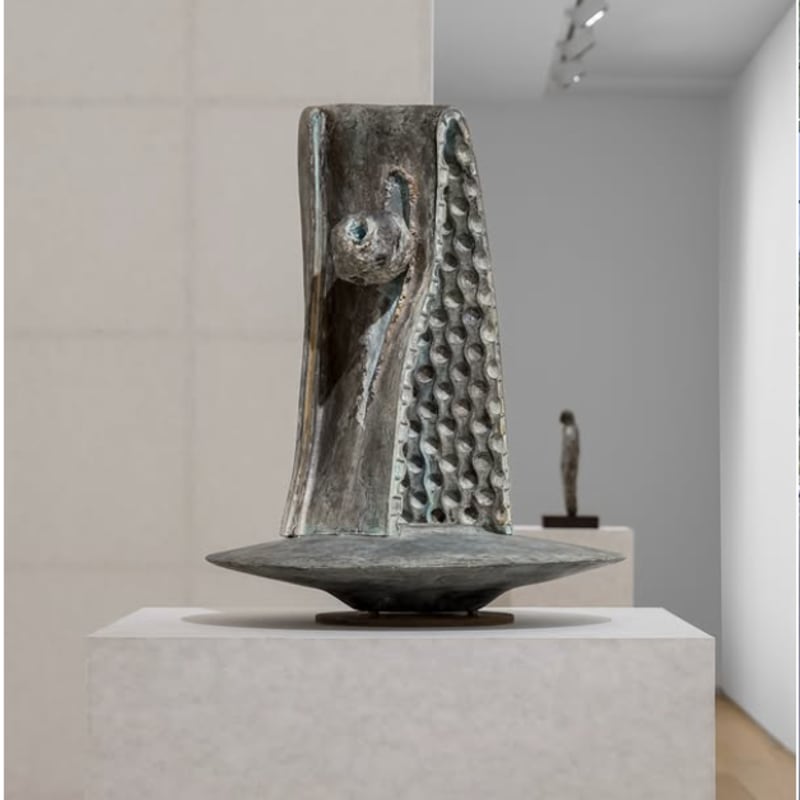Joseph Beuys
See an artwork which addresses themes of finality and death, but also ideas of regeneration through nature
Blocks of basalt are arranged across the floor. Basalt is volcanic in origin, and Beuys associated it with the earth’s ancient energy and geological time. Beuys cut a conical hole in each of the slabs. He then ‘treated’ this ‘wound’ by lining the hollow with insulating clay and felt, before re-inserting the stone plugs. These filled cavities imply the potential for healing, suggesting the possibility of renewal at the end of a violent and destructive century.
Beuys saw art as central to all aspects of human existence. The installation developed out of Beuys’s project to encourage an ‘ecological awakening’ for humanity by planting 7,000 oak trees in Kassel, Germany. With the help of volunteers, he did this over five years from 1982. Blocks of basalt were placed next to each newly planted tree. Beuys said each sculpture was ‘a monument, consisting of a living part, the live tree, changing all the time, and a crystalline mass, maintaining its shape, size, and weight.
The End of the Twentieth Century is installed as a response to Tate’s 2019 declaration of a climate emergency. It celebrates the centenary of Beuys’s birth and his mission to effect global environmental and social change. His scheme of tree planting has spread throughout the world.
Tickets are available free of charge. Book your visit here.





















































































































































































